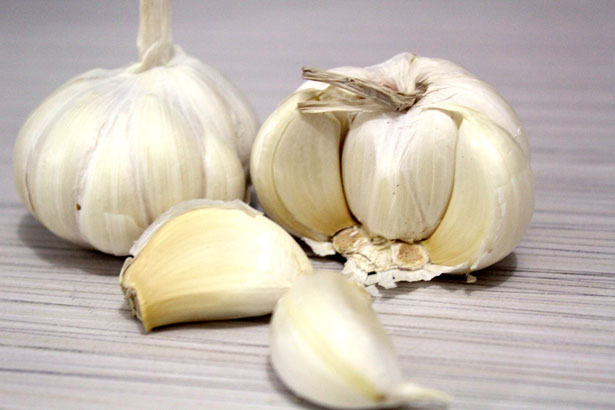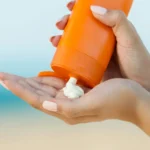 |
| Photo from ifixbones.com |
Arthritis is characterized by swelling and discomfort in one or more joints. The most common symptoms of arthritis are joint pain and stiffness, both of which worsen with age. Osteoarthritis and rheumatoid arthritis are the most frequent kinds of arthritis.
Osteoarthritis causes the breakdown of cartilage, which is the firm, slippery substance that covers the ends of bones where they form a joint. Rheumatoid arthritis is a condition in which the immune system attacks the joints, starting with the joint lining.
Gout is caused by uric acid crystals, which grow when there is too much uric acid in your blood. Other types of arthritis can be caused by infections or underlying diseases such as psoriasis or lupus.
Treatment options differ based on the type of arthritis. The primary goals of arthritis therapies are to alleviate symptoms and enhance quality of life.
WHAT ARE THE TYPES OF ARTHRITIS?
- Osteoarthritis: or “wear and tear” arthritis, which occurs when joint cartilage deteriorates as a result of repeated stress. This is the most frequent type of arthritis.
- Ankylosing spondylitis: or spinal osteoarthritis (usually your lower back).
- Juvenile arthritis (JA): a condition in which the immune system destroys the tissue surrounding joints. JA typically affects children aged 16 and under.
- Gout: a condition in which hard uric acid crystals accumulate in your joints
- Psoriatic arthritis: Inflammation of the joints caused by psoriasis (autoimmune disorder that causes skin irritation).
- Rheumatoid arthritis: an illness in which the immune system attacks the synovial membranes of your joints
WHAT ARE THE SYMPTOMS OF ARTHRITIS?
- Pain.
- Redness.
- Stiffness.
- Swelling.
- Tenderness.
- Warmth.
WHAT ARE THE CAUSES OF ARTHRITIS?
Osteoarthritis
Rheumatoid arthritis
WHAT ARE THE RISK FACTORS OF ARTHRITIS?
- Family history: Because some types of arthritis run in families, you may be more likely to get the illness if your parents or siblings do.
- Age: Many types of arthritis, including osteoarthritis, rheumatoid arthritis, and gout, become more common as people get older.
- Your gender: Women are more likely than males to acquire rheumatoid arthritis, whereas men are more likely than women to suffer gout, another type of arthritis.
- Previous joint damage: People who have injured a joint, maybe while playing sports, are more prone to develop arthritis in that joint later in life.
- Obesity: Carrying extra pounds puts strain on your joints, especially your knees, hips, and spine. Obese people are at a higher risk of acquiring arthritis.
WHAT ARE THE COMPLICATION OF ARTHRITIS?
HOW IS ARTHRITIS DIAGNOSED?
Laboratory tests
Imaging
- X-rays: X-rays, which use low doses of radiation to examine bone, can reveal cartilage loss, bone deterioration, and bone spurs. X-rays may not detect early arthritic damage, although they are frequently used to monitor disease progression.
- CT (Computerized Tomography): CT scanners collect X-rays from various angles and combine the data to create cross-sectional pictures of inside structures. CT scans can show both bone and the soft tissues that surround it.
- Magnetic resonance imaging (MRI): MRIs can provide more detailed cross-sectional images of soft tissues such as cartilage, tendons, and ligaments by combining radio waves with a strong magnetic field.
- Ultrasound: High-frequency sound waves are used in this technology to imaging soft tissues, cartilage, and fluid-containing structures near joints (bursae). Ultrasound is also used to guide needle insertion for the removal of joint fluid or the injection of drugs into the joint.
WHAT ARE THE TREATMENTS FOR ARTHRITIS?
Medications
- NSAIDs: Nonsteroidal anti-inflammatory medications (NSAIDs) can reduce inflammation and relieve discomfort. Ibuprofen (Advil, Motrin IB, and others) and naproxen sodium are two examples (Aleve). Stronger NSAIDs can cause stomach upset and raise your chances of having a heart attack or stroke. NSAIDs are also available as creams or gels to be applied to joints.
- Counterirritants: Some lotions and ointments contain menthol or capsaicin, the chemical that gives hot peppers their spiciness. Rubbing these preparations on your aching joint’s skin may interfere with the passage of pain signals from the joint.
- Steroids: Prednisone and other corticosteroid drugs relieve inflammation and pain while also slowing joint deterioration. Corticosteroids can be either orally or injected into the aching joint. Side effects may include bone weakening, weight gain, and diabetes.
- DMARDs (disease-modifying antirheumatic drugs): These medications can reduce the progression of rheumatoid arthritis and prevent irreparable damage to joints and other tissues. In addition to conventional DMARDs, biologic medicines and tailored synthetic DMARDs are available. The side effects of DMARDs vary, but the majority of them increase your risk of infection.
Therapy
Surgery
- Joint repair: Joint surfaces can be polished or straightened to alleviate pain and increase function in some cases. These treatments are frequently performed arthroscopically, which is through small incisions over the joint.
- Joint replacement: The injured joint is removed and replaced with an artificial joint during this treatment. Hips and knees are the most typically replaced joints.
- Joint fusion: This surgery is more commonly utilized for smaller joints including the wrist, ankle, and fingers. It separates the ends of the two bones of the joint and then locks them together until they heal into a single stiff unit.
HOME REMEDIES FOR ARTHRITIS
- Loss of weight: Excess weight places additional strain on weight-bearing joints. Losing weight may improve your mobility and reduce the risk of future joint injury.
- Exercise: Exercise on a regular basis can help keep joints flexible. Swimming and water aerobics are possible options because the buoyancy of the water decreases stress on weight-bearing joints.
- Cold and heat: Heating pads or ice packs may be beneficial in relieving arthritis pain.
- Assistive devices: Canes, shoe inserts, walkers, raised toilet seats, and other assistance equipment can help protect joints and improve daily function.







